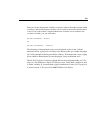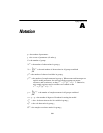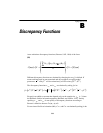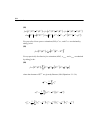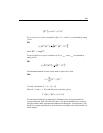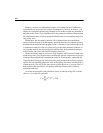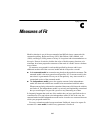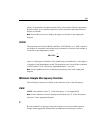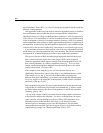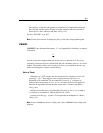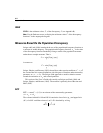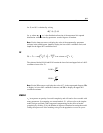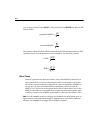
597
Appendix
C
Measures of Fit
Model evaluation is one of the most unsettled and difficult issues connected with
structural modeling. Bollen and Long (1993), MacCallum (1990), Mulaik, et al.
(1989), and Steiger (1990) present a variety of viewpoints and recommendations on
this topic. Dozens of statistics, besides the value of the discrepancy function at its
minimum, have been proposed as measures of the merit of a model. Amos calculates
most of them.
Fit measures are reported for each model specified by the user and for two
additional models called the saturated model and the independence model.
In the saturated model, no constraints are placed on the population moments. The
saturated model is the most general model possible. It is a vacuous model in the
sense that it is guaranteed to fit any set of data perfectly. Any Amos model is a
constrained version of the saturated model.
The independence model goes to the opposite extreme. In the independence
model, the observed variables are assumed to be uncorrelated with each other.
When means are being estimated or constrained, the means of all observed variables
are fixed at 0. The independence model is so severely and implausibly constrained
that you would expect it to provide a poor fit to any interesting set of data.
It frequently happens that each one of the models that you have specified can be so
constrained as to be equivalent to the independence model. If this is the case, the
saturated model and the independence model can be viewed as two extremes between
which your proposed models lie.
For every estimation method except maximum likelihood, Amos also reports fit
measures for a zero model, in which every parameter is fixed at 0.



